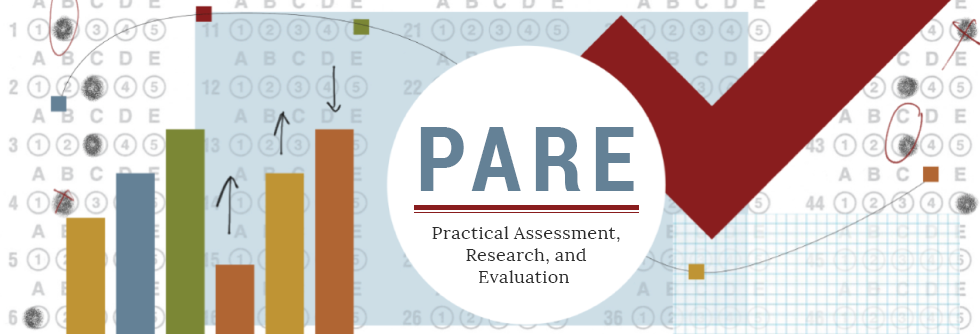A Comparison of Three Conditional Growth Percentile Methods: Student Growth Percentiles, Percentile Rank Residuals, and a Matching Method
DOI
https://doi.org/10.7275/51d8-dz18
Abstract
This article provides a brief overview and comparison of three conditional growth percentile methods; student growth percentiles, percentile rank residuals, and a nonparametric matching method. These approaches seek to describe student growth in terms of the relative percentile ranking of a student in relationship to students that had the same profile of prior achievement. It is shown that even though the methods come from a similar conceptual foundation, the methods make different assumptions and use different models to estimate growth percentiles. Reading and Mathematics data from a large-scale assessment program are used to compare the growth percentile estimates in a practical setting. Results suggested that the methods often give somewhat similar results. However, the matching method tended to provide somewhat different estimates compared to the other approaches for students that had extreme scores on the prior year test. The implications of these results for large-scale state accountability programs are discussed. Accessed 5,254 times on https://pareonline.net from November 12, 2014 to December 31, 2019. For downloads from January 1, 2020 forward, please click on the PlumX Metrics link to the right.
Creative Commons License

This work is licensed under a Creative Commons Attribution-NonCommercial-No Derivative Works 4.0 International License.
Recommended Citation
Wyse, Adam E. and Seo, Dong Gi
(2019)
"A Comparison of Three Conditional Growth Percentile Methods: Student Growth Percentiles, Percentile Rank Residuals, and a Matching Method,"
Practical Assessment, Research, and Evaluation: Vol. 19, Article 15.
DOI: https://doi.org/10.7275/51d8-dz18
Available at:
https://scholarworks.umass.edu/pare/vol19/iss1/15
